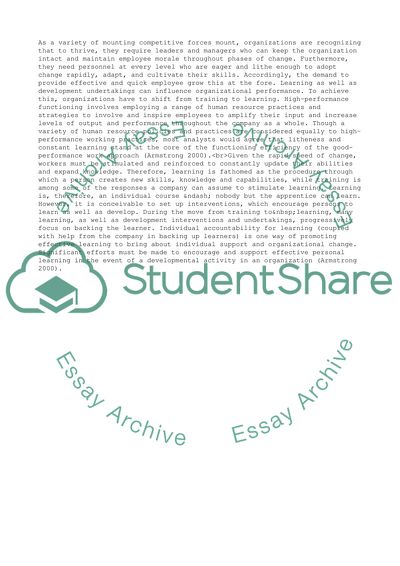Cite this document
(“The Strategic Management of Human Resource Assignment”, n.d.)
Retrieved from https://studentshare.org/management/1612530-the-strategic-management-of-human-resource
Retrieved from https://studentshare.org/management/1612530-the-strategic-management-of-human-resource
(The Strategic Management of Human Resource Assignment)
https://studentshare.org/management/1612530-the-strategic-management-of-human-resource.
https://studentshare.org/management/1612530-the-strategic-management-of-human-resource.
“The Strategic Management of Human Resource Assignment”, n.d. https://studentshare.org/management/1612530-the-strategic-management-of-human-resource.


